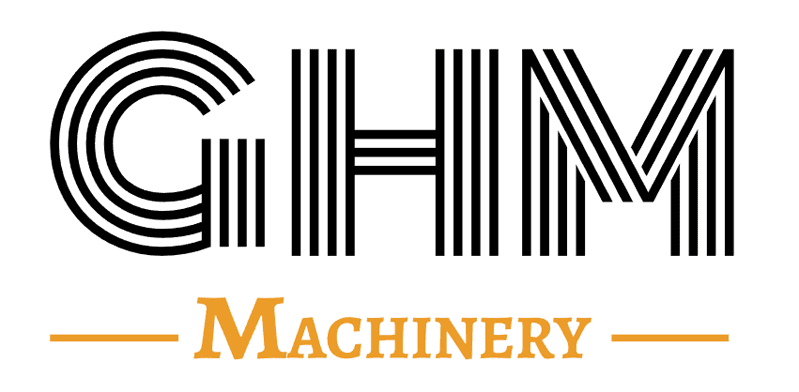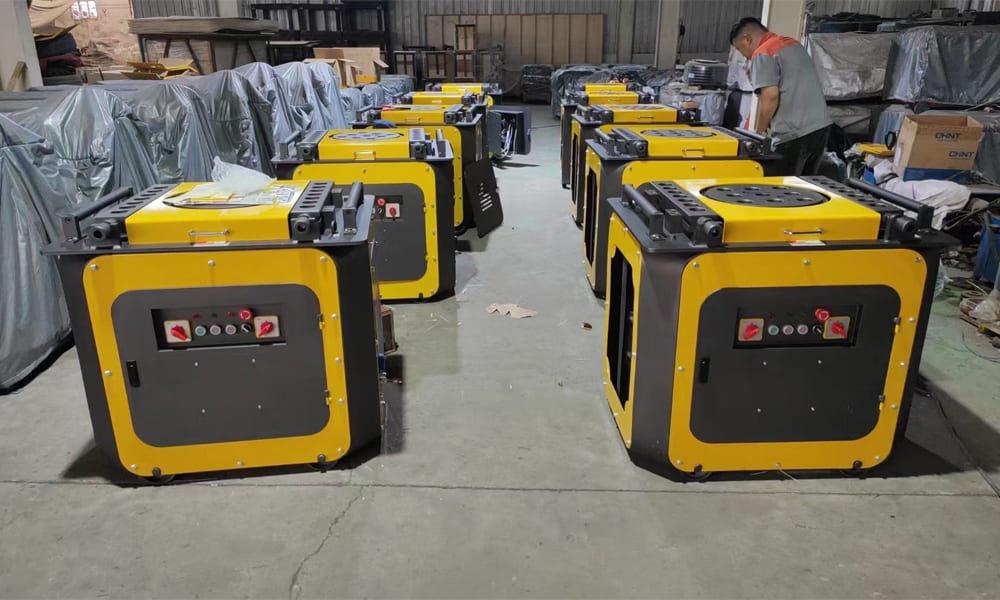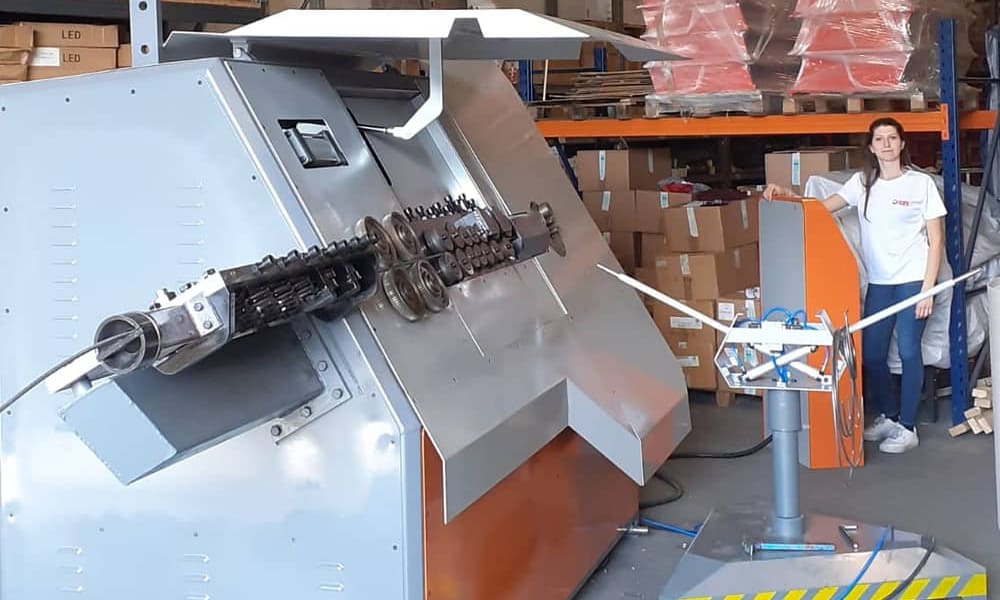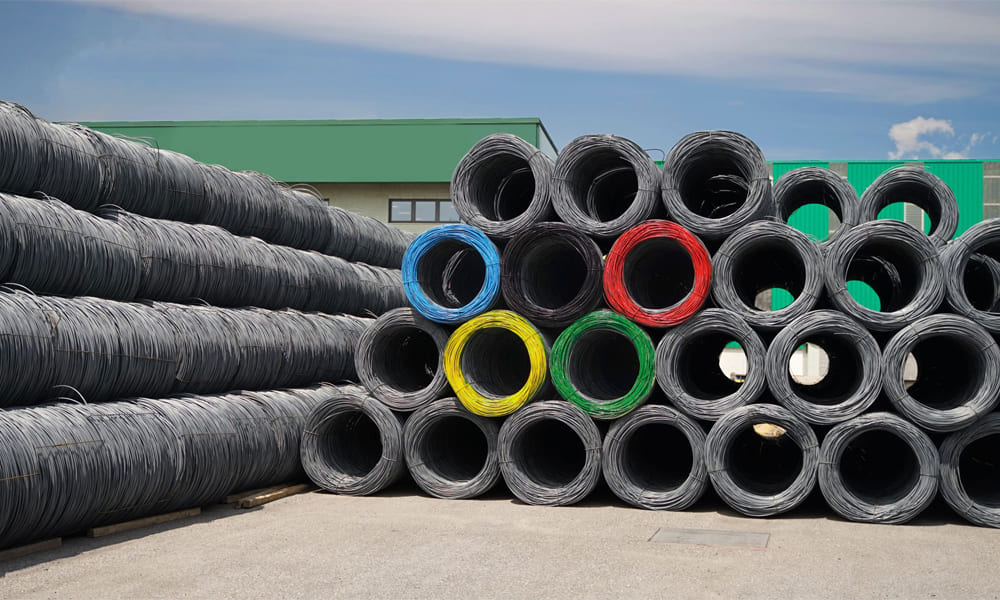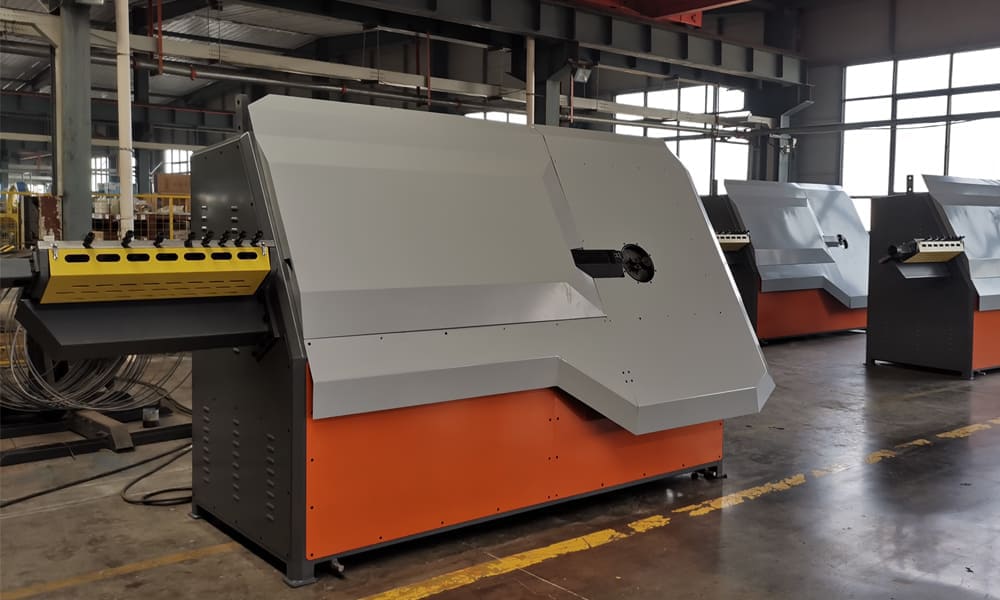1. What is a Rebar Bending Machine?
A steel bar bending machine is a specialized tool designed to accurately shape rebars used in construction projects such as buildings and bridges. It significantly reduces labor and time costs, enhances work efficiency, and ensures high standards of construction quality and safety.
2. Applications of Rebar Bending Machine
Steel bar bending machines find extensive application in diverse construction projects, including residential, commercial, and industrial buildings, as well as infrastructure like bridges, tunnels, and highways. These machines are essential for shaping rebars to precise specifications required in construction and engineering.
3. Advantages of Steel Bar Bending Machine
- Enhanced Work Efficiency: steel bar bending machines streamline the bending process, completing tasks swiftly and accurately compared to manual methods.
- Precision: These machines offer precise control over angles and radii, minimizing errors that can occur with manual bending and ensuring project quality.
- Safety: By reducing the risk of rebar damage or breakage during bending, these machines enhance on-site safety for construction workers.
- Reliability: Advanced technology and robust construction ensure consistent performance and reliability of rebar bending machines.
4. Classification of Steel Bar Bending Machine
Steel bar bending machines are categorized into manual, semi-automatic, and fully automatic types. Manual machines are suitable for smaller projects and personal use, while semi-automatic and fully automatic models cater to medium and large-scale construction needs respectively.
5. Conclusion
A steel bar bending machine is indispensable for efficiently shaping rebars to meet the demands of construction projects. Its use improves productivity, guarantees construction quality, and enhances workplace safety. Choosing the right model depends on specific project requirements and scale.
